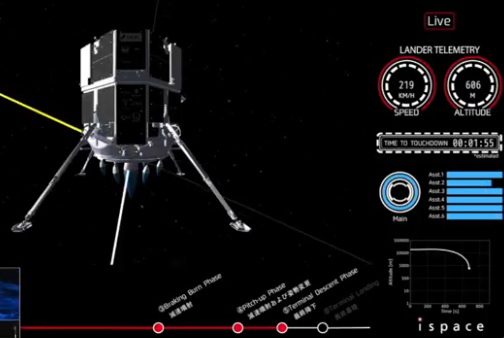Brusselssignalled its intention to overcome budget crises and realise Europe’s goal ofan independent, civilian-controlled satellite navigation service with aproposal to earmark €7 billion to guarantee completion of the Galileoconstellation and its auxiliary EGNOS enhancement service and their operationthrough 2020.
The first two Galileo spacecraft launched in October as part of afast-track plan for near global coverage from 22 or 24 satellites by 2014,financed by €500 million cost savings agreed earlier this year.
But, saidEuropean Commission vice president for industry Antonio Tajani, if memberstates approve the proposed extra budget, the full complement of 27 activesatellites and three orbiting spares will be deployed by 2018-19: “The increaseof our know-how in satellite navigation technology and service willsignificantly support European industry in these difficult times.”
The Commission also wants to ensure that another of its space priorities, the Global Monitoring for Environment and Security (GMES) programme, is realised. Brussels reckons the programme needs €5.8 billion for the 2014-20 period, and its proposal is to establish a specific GMES fund, outside the European Union modelled on the European Development Fund with GDP-based contributions from all 27 European Union member states
The GMES plan is to gather data from sensors in space, on land, on sea and in the air to create maps, reports, targeted alerts, etc. The idea is to carefully monitor climate and other Earth conditions and both anticipate, and improve response to, change.
Disaster response is another objective. As Tajani puts it: “In order to respond to ever growing challenges at global level, Europe needs a well-coordinated and reliable Earth observation system of its own.”
The thrust of all these programmes is to give Europe self-sufficiency in space-based capabilities. As yet there is no clear move to put hard cash behind another stated objective, to dramatically enhance Europe’s space situational awareness (SSA) capability, though the European Space Agency is actively working to define the requirements and a 2012-13 start on a system that could cost €600-700 million over its first five years may be feasible, again pending budgets.
A European SSA system – of a single radar installation somewhere in Europe supplemented by some 20 optical telescopes at four sites equally spaced near the Equator – would be comparable to, and inter-operative with, the USA’s system.
The objective is to track debris and monitor solar weather, two hazards which do €332 million ($480 million) in damage to European assets annually. Orbiting debris is a serious problem; earlier this year astronauts on the International Space Station had to take cover in the station’s evacuation pods to await passage of a sizeable chunk.
But there is another concern, which will be a focus of Europe’s SSA system. So-called near-Earth objects are a hazard of life in the solar system, as evidenced last month with the passage of an aircraft carrier-sized asteroid at a distance closer than the Moon. Such a chunk of debris would have unleashed a blast equal to a 4,000 megaton nuke had it hit the Earth.
No big blocks have been identified that might hit Earth over the next century. That’s a good thing, too, as more than one mass extinction in Earth’s long geologic history are believed to have been set off by asteroid impacts. Scientists are actively discussing methods of diverting catastrophe, there is as yet no feasible scheme to save us from the dinosaurs’ fate.






